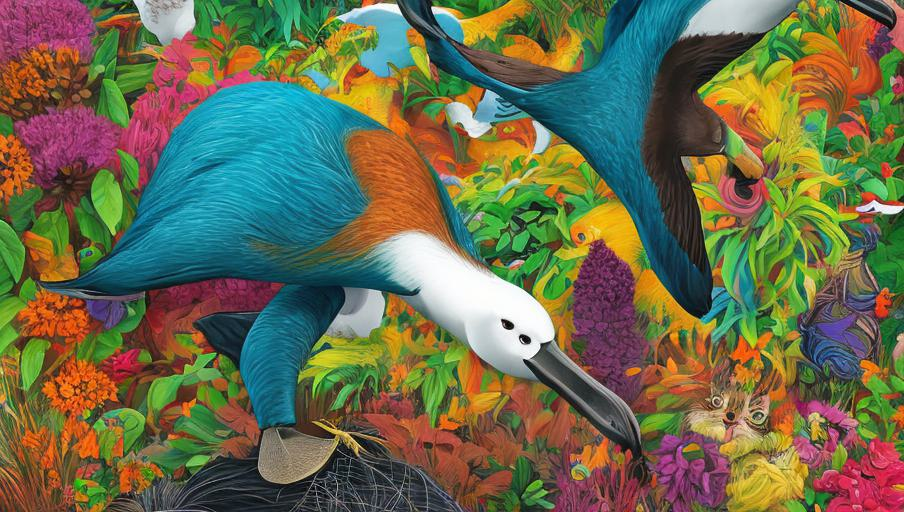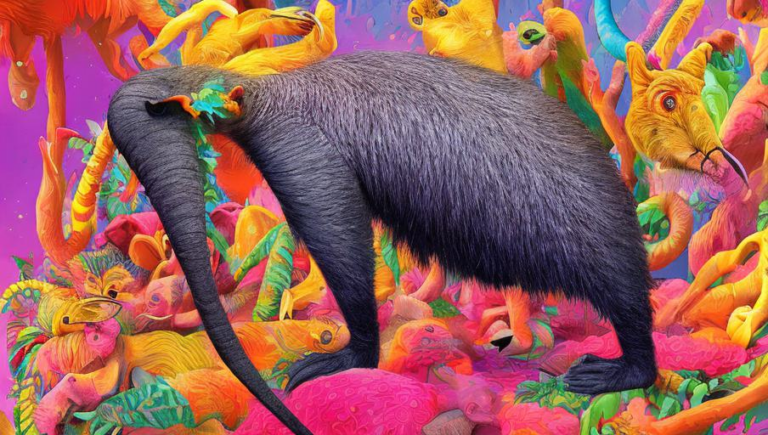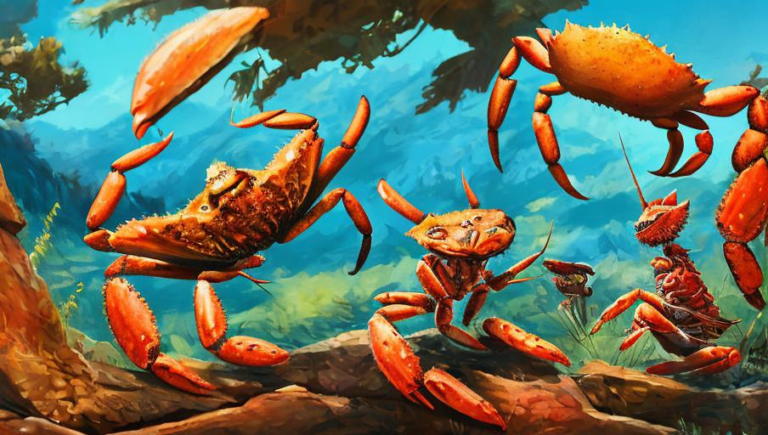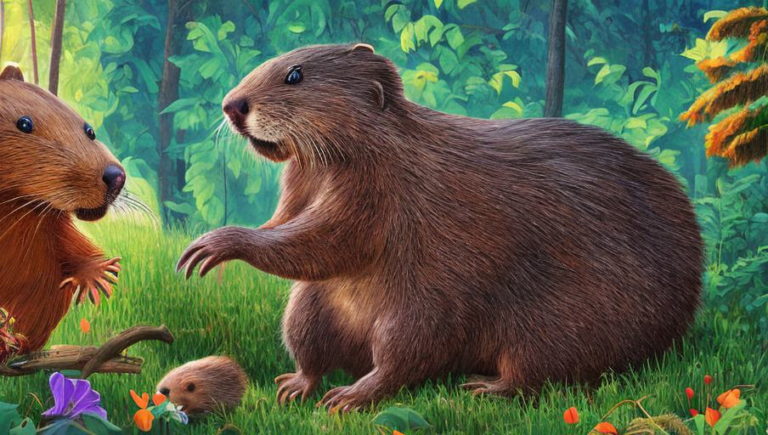Gathering Nests: Understanding Albatross Breeding Habits

Overview of Albatross Breeding Habits
Albatrosses are large, seabird species of the family Diomedeidae whose wingspan can range from 8 to 12 feet in some species. Albatrosses are found mainly in the southern hemisphere, and they breed in colonies on remote islands and coasts. Breeding albatrosses typically form monogamous pairs, and they engage in ritualized courtship displays that involve synchronous movements and bill circles. They are also known for their elaborate nesting displays, which involve the birds gathering materials such as grass, mud, and feathers to build a nest.
Albatross Breeding Rituals
Breeding albatrosses typically mate for life, and they often return to the same nesting site year after year. Before mating, the birds engage in a complex courtship ritual that involves synchronous movements and bill circles. The male albatross will also offer the female gifts such as food, feathers, and grass to win her favor. Once the pair has mated, they will work together to build their nest. This process involves gathering materials such as grass, mud, and feathers to construct the nest. The birds will then use their beaks to shape and mold the materials into the desired shape.
Albatross Nesting Behaviors
Once the nest is built, the albatrosses will lay a single egg in it. The parents will then take turns incubating the egg and providing food for their chick once it hatches. Albatrosses are known for their long-distance flights and they use this ability to find food for their young. They will travel hundreds of miles in search of fish, squid, and other sources of food that they can bring back to their nesting site. Once the chick is old enough, the parents will teach it how to fly and hunt for food.
Conservation and Protection of Albatrosses
Albatrosses are an important part of many oceanic ecosystems, and their numbers have been declining due to human activities. Longline fishing, plastic pollution, and climate change are all threats to albatross populations. To protect these birds, many countries have established marine protected areas and have put restrictions in place to reduce the impact of fishing on albatross populations. In addition, organizations such as the Albatross Task Force are working hard to research and protect these majestic birds.
Conclusion
Albatrosses are amazing birds, and their breeding habits and nesting behaviors are fascinating. They mate for life and engage in complex courtship rituals, and they travel long distances to find food for their young. Unfortunately, human activities are putting albatross populations at risk. To protect these birds, it is important to reduce the impacts of fishing, plastic pollution, and climate change. Furthermore, organizations such as the Albatross Task Force are actively working to research and protect these birds.





